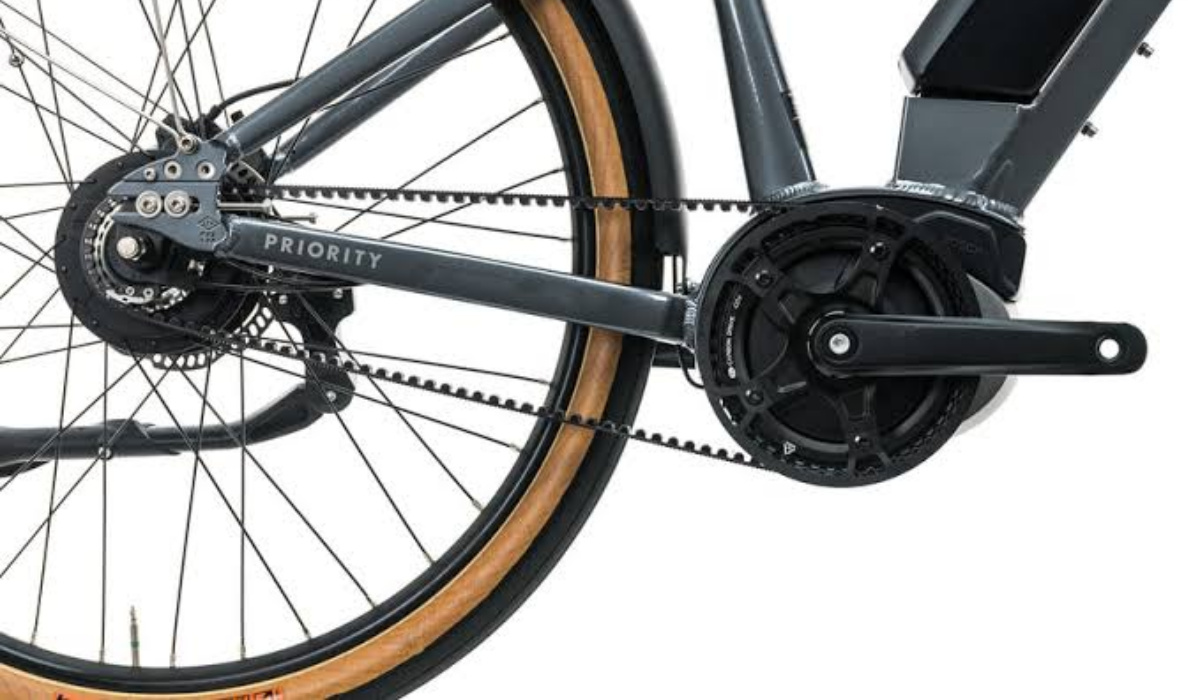This was one of the first questions I asked in my early days of interest on electric bikes. I needed to know for sure whether electric bikes charge when you pedal, and I am betting that you need that information, as well.
Electric bikes have become a popular mode of transportation, providing an eco-friendly and efficient way to navigate through cities and beyond. With the rise in electric bike usage, questions arise about their charging capabilities. This article aims to explore whether electric bikes can charge their batteries while pedaling, unraveling the mechanisms behind their charging systems and debunking common misconceptions.

Table of Contents
Understanding Electric Bike Charging Mechanisms
To comprehend the charging process of electric bikes, it is crucial to understand the key components involved. Electric bikes consist of a motor, a battery, and often a regenerative braking system. The battery stores the electrical energy, while the motor provides power for propulsion. The regenerative braking system harnesses kinetic energy during braking to potentially contribute to charging the battery.
Electric Bike Battery and Charging Systems
Electric bikes typically rely on plug-in charging to replenish their batteries. This involves connecting the bike to an electrical outlet using a charging cable. However, some electric bikes also employ regenerative charging as an additional method. Regenerative charging utilizes the energy generated during braking to convert it back into electrical energy and store it in the battery. This system offers the potential for self-charging while on the go.
Pedal-Powered Charging: Debunking the Myth
Despite popular belief, pedaling alone does not generate significant charging power in electric bikes. Electric bikes predominantly operate in pedal-assist mode, where the motor provides assistance to the rider’s pedaling efforts. The primary function of the motor is to amplify the pedaling force, making it easier for riders to navigate various terrains and overcome challenging inclines. However, the energy generated from pedaling is primarily used to power the motor rather than charge the battery.
Regenerative Braking: The Source of Potential Charging
While pedaling does not directly charge electric bike batteries, regenerative braking presents a potential source of charging. Regenerative braking systems capture kinetic energy produced during braking and convert it into electrical energy, which can be stored in the battery. This process allows for a limited amount of charging while riding, particularly during frequent braking instances, such as descending hills or coming to a stop.
Factors Affecting Regenerative Charging Efficiency
The efficiency of regenerative charging is influenced by various factors. The speed and intensity of braking play a significant role in the amount of energy captured. Higher speeds and stronger braking force yield more energy for charging. Additionally, terrain and riding conditions impact regenerative charging potential. Hilly areas with frequent stops and starts offer more opportunities for charging compared to flat terrains with consistent speeds.
Charging Strategies and Maximizing Battery Life
To maximize the battery life and optimize charging efficiency, riders should consider a few strategies. Balancing pedal-assist and battery usage is essential for extended range. Utilizing the pedal-assist mode when necessary and relying on the battery for longer distances can help preserve the battery charge. Additionally, proper charging practices, such as avoiding overcharging and utilizing compatible charging equipment, can enhance battery performance and longevity.
As technology advances, the future of electric bike charging holds promising possibilities. Innovations such as solar charging panels and kinetic energy recovery systems may enhance the overall charging efficiency of electric bikes. Solar panels integrated into the bike’s frame or accessories could supplement battery charging, while kinetic energy recovery systems might capture more energy during riding, further reducing the reliance on external charging sources.
Do electric bikes charge when you pedal?
Electric bikes do not significantly charge their batteries through pedaling alone. While pedaling powers the motor and enables pedal-assist functionality, it does not generate enough energy to significantly contribute to battery charging.
However, regenerative braking offers a potential source of charging, converting kinetic energy into electrical energy during braking. By understanding the limitations and capabilities of electric bike charging systems, riders can make informed decisions about battery usage, optimize their charging strategies, and explore the potential of regenerative braking to enhance their overall riding experience.
If till now, you had wondered if electric bikes charge when you pedal, that question has been laid to rest permanently.
Related: Can you ride an electric bike without pedaling.

